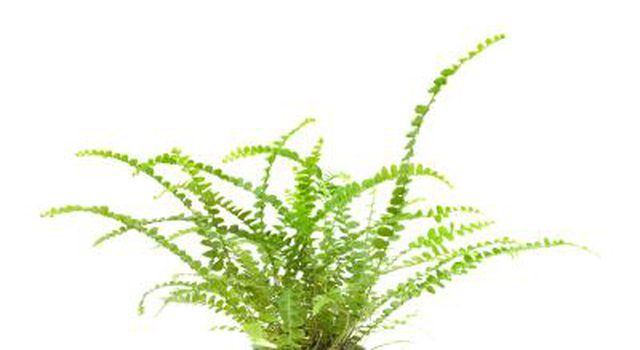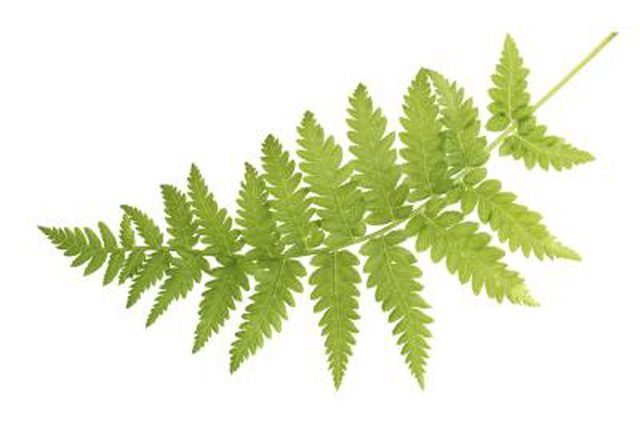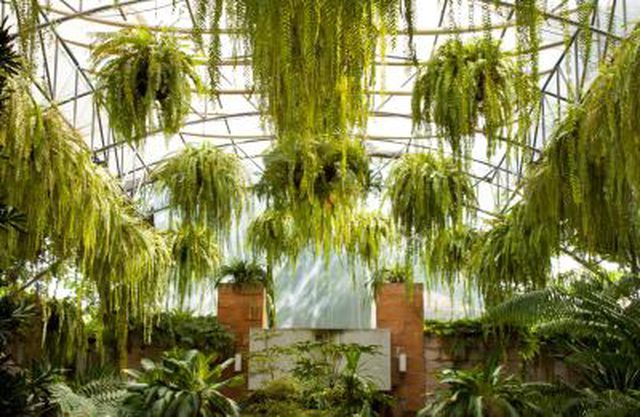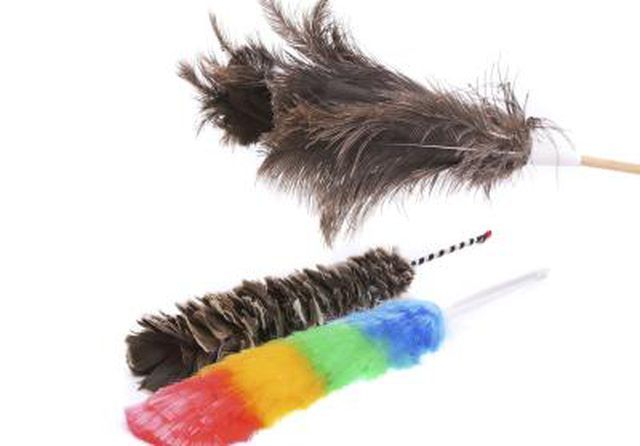Bulbs
Flower Basics
Flower Beds & Specialty Gardens
Flower Garden
Garden Furniture
Garden Gnomes
Garden Seeds
Garden Sheds
Garden Statues
Garden Tools & Supplies
Gardening Basics
Green & Organic
Groundcovers & Vines
Growing Annuals
Growing Basil
Growing Beans
Growing Berries
Growing Blueberries
Growing Cactus
Growing Corn
Growing Cotton
Growing Edibles
Growing Flowers
Growing Garlic
Growing Grapes
Growing Grass
Growing Herbs
Growing Jasmine
Growing Mint
Growing Mushrooms
Orchids
Growing Peanuts
Growing Perennials
Growing Plants
Growing Rosemary
Growing Roses
Growing Strawberries
Growing Sunflowers
Growing Thyme
Growing Tomatoes
Growing Tulips
Growing Vegetables
Herb Basics
Herb Garden
Indoor Growing
Landscaping Basics
Landscaping Patios
Landscaping Plants
Landscaping Shrubs
Landscaping Trees
Landscaping Walks & Pathways
Lawn Basics
Lawn Maintenance
Lawn Mowers
Lawn Ornaments
Lawn Planting
Lawn Tools
Outdoor Growing
Overall Landscape Planning
Pests, Weeds & Problems
Plant Basics
Rock Garden
Rose Garden
Shrubs
Soil
Specialty Gardens
Trees
Vegetable Garden
Yard Maintenance
How to Care for an Air Fern
How to Care for an Air Fern. Although often used decoratively in flower arrangements, flowerpots and aquariums, air ferns--also commonly referred to and sold as "air plants," "air moss," "air firs" "Irish Sea Fern" and "Neptune plants"--have no actual relationship to the plant kingdom beyond their...
Although often used decoratively in flower arrangements, flowerpots and aquariums, air ferns--also commonly referred to and sold as "air plants," "air moss," "air firs" "Irish Sea Fern" and "Neptune plants"--have no actual relationship to the plant kingdom beyond their outward appearance. In reality, the fernlike branches consist of remains/skeletons of dead, tiny marine animals (typically sertularia or bugula), similar to corals and jellyfish, that trawlers harvest from the sea and then sell to vendors, who dye them red or green to mimic ferns. As air ferns don't need soil, plant food, fertilizer or water, they can make an ideal artificial plant decoration and, as a result, require little care or maintenance.

Things You'll Need
Feather duster
Water (optional)
Step 1
Place your air fern in an open, well-ventilated area as the dead fernlike branches have a distinctive bad odor unless pre-treated with a fragrance for non-aquarium use (for example, florist arrangements). If using for an aquarium, place in your tank immediately after un-packaging.

Step 2
Move your air fern to an area out of direct sunlight as the branches can bleach under direct sunlight and cause any dyes pre-applied to them to fade.

Step 3
Dust your air fern lightly with a feather duster or place in an open window on a windy day to remove dust as the fine texture of the fernlike branches can break if roughly rubbed with a cloth or vacuumed.
